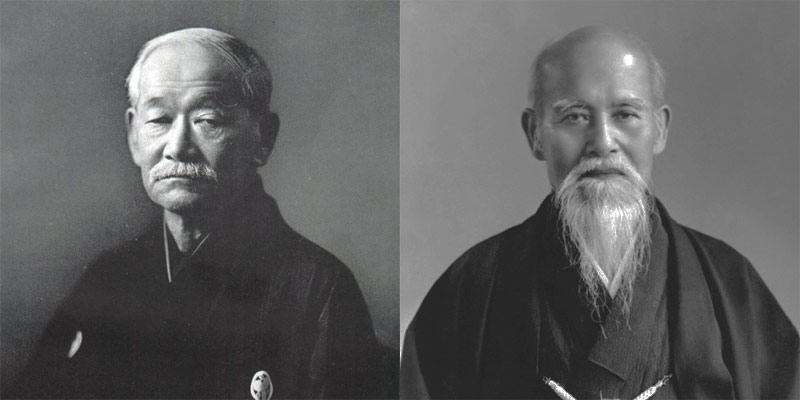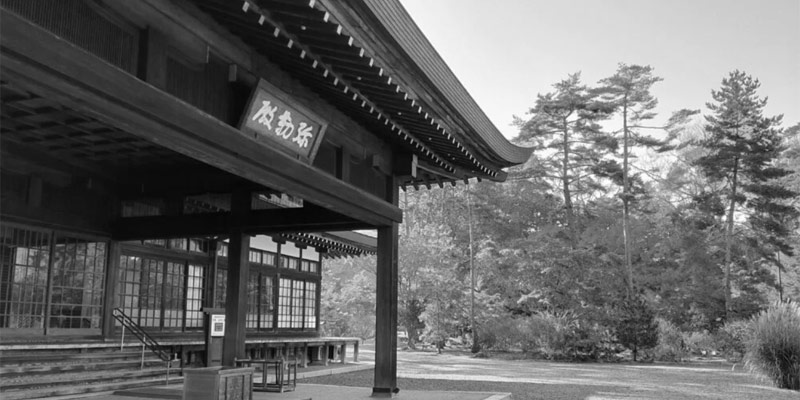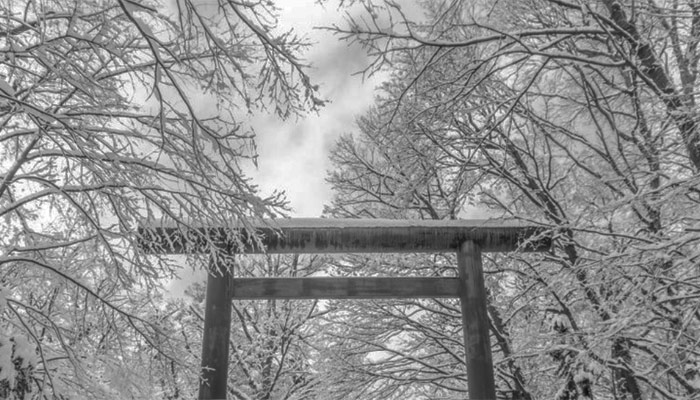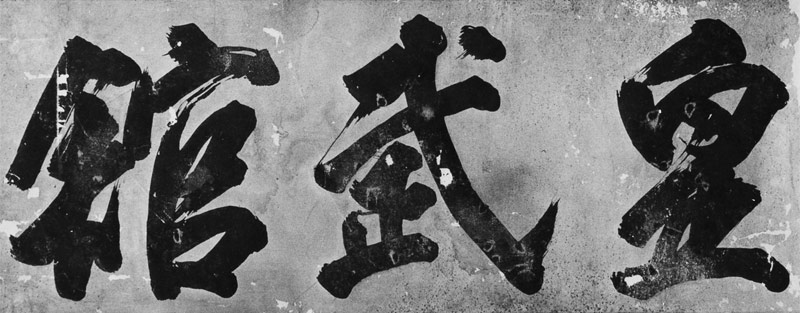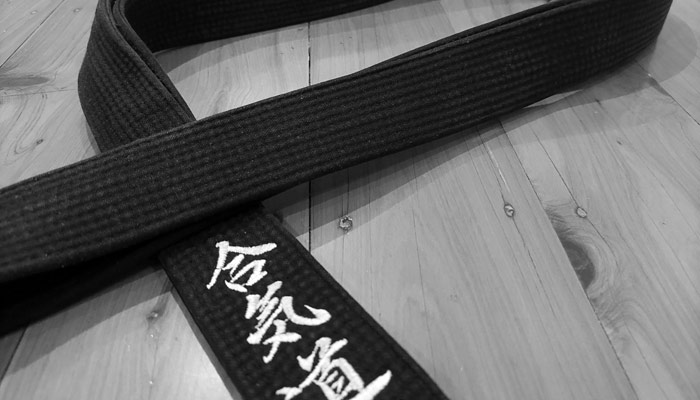-
Roots in Tanabe: The Childhood and Heritage of O Sensei
O Sensei, Morihei Ueshiba 植芝盛平, was born on December 14, 1883. His official family registry was at Nishinotani Village 西ノ谷村, Nishimuro-gun 西牟婁郡, Wakayama Prefecture 和歌山県. The village was incorporated into Tanabe Town 田辺町 in 1924, and later became part of Tanabe City 田辺市 in 1942. At the time of his birth, Tanabe was the seat of the Ando clan 安藤氏, retainers of the Tokugawa family 徳川氏 of Kishu 紀州. O Sensei’s father was named Yoroku 与六, and his mother was Yuki ゆき. It is said that the Ueshibas had their roots in Misu 三栖, and that O Sensei’s great-grandfather was the first of the family to move to Tanabe. Today’s…
-
Morihei Ueshiba and Jigoro Kano: The Resonance of Two Great Masters
Morihei Ueshiba 植芝 盛平, the founder of Aikido, and Jigoro Kano 嘉納治五郎, the creator of Judo, were two of the most influential martial artists of the 20th century. While their approaches to martial arts differed significantly, they shared a deep mutual respect for each other and for the values of traditional Japanese Budo. Their interactions reflect an interesting dialogue between the preservation of martial tradition and the evolution of combat into a modern sport. Jigoro Kano (1860–1938) was a visionary who sought to modernize traditional Jujutsu into a structured discipline suitable for education and competition. He mastered both Kito Ryu 起倒流 and Tenjin Shinyo Ryu 天神真楊流 Jujutsu 柔術. In 1882,…
-
Morihei Ueshiba, Onisaburo Deguchi, and the Second Omoto Incident
The Second Omoto Incident 第二次大本事件, which occurred in 1935, was a significant event in Japan’s modern history, involving the suppression of the Omoto religion by the Japanese government. Founded by Nao Deguchi 出口直 in the late 19th century, the Omoto religion combined elements of Shinto 神道 and other beliefs, promoting peace and universal harmony. It was led by Nao’s son-in-law, Onisaburo Deguchi 出口王仁三郎, a charismatic figure with ambitious visions for world peace and universalism. Omoto attracted followers nationwide; however, the religion’s perceived unconventional teachings and political influence attracted the scrutiny of the Japanese government, which led to the first major suppression in 1921, known as the First Omoto Incident 第一次大本事件.…
-
Ueshiba’s Hokkaido Saga – The Beginning
Morihei Ueshiba had felt adrift since his departure from the Army. He longed for fresh challenges and a profound purpose to dedicate his life to. This persistent restlessness ultimately led Ueshiba on an exploration journey to Hokkaido 北海道 where his life would intersect with destiny, setting in motion a series of events that would leave an indelible mark on the world of modern martial arts. During that time, the Japanese government had a vision to colonize and transform Hokkaido into a thriving agricultural and industrial area capable of supporting its growing population. This involved significant projects such as land reclamation, infrastructure development, and the encouragement of immigration to the region.…
-
A Journey of Naming: From Daito Ryu to Aikido (Part I)
Aikido, renowned for its philosophy of harmony and non-resistance, has a rich history that traces its roots back to Daito Ryu Jujutsu 大東流柔術. During the evolution of Aikido, Ueshiba used various names for his art before settling on the term “Aikido 合気道”. Ueshiba had studied multiple martial arts, including Tenjin Shinyo Ryu 天神真楊流, Kito Ryu 起倒流, Yagyu Shinkage Ryu 柳生新陰流, and Judo 柔道 before encountering the martial arts master Sokaku Takeda 武田惣角. In 1915, Ueshiba came across Takeda during his exploratory journey in Hokkaido 北海道. Astonished by Takeda’s knowledge and techniques, he swiftly decided to become Takeda’s disciple. The following year, Ueshiba established a dojo in Shirataki 白滝村 and invited…
-
O-Sensei’s Aliases: Moritaka and Tsunemori Ueshiba
Beyond his birth name Morihei Ueshiba 植芝盛平, O-Sensei used two other names, Moritaka Ueshiba 植芝守高 and Tsunemori Ueshiba 植芝常盛, during his lifetime. Moritaka Ueshiba was a name that Ueshiba often used in his 40s and 50s after his trip to Mongolia in 1924. The journey to Mongolia took place approximately three years after the First Omoto-kyo Incident, during which Japanese authorities suppressed Omoto-kyo by raiding their headquarters and arresting its leader, Onisaburo Deguchi 出口 王仁三郎. Deguchi, along with a group of his disciples, including Ueshiba, embarked on an expedition to Mongolia with the ambition of establishing a new religious kingdom there. The Omoto-kyo believes in Bankyo Dokon 万教同根, the concept…
-
Divine Revelation and Enlightenment: Morihei Ueshiba’s Vision for Aikido
In the realm of Aikido, the founder Morihei Ueshiba embarked on a transformative journey, guided by profound divine revelations that bestowed upon him a sacred mission to manifest harmony and purification in a world fraught with turbulence. According to legend, Ueshiba received numerous Shinji 神示 (divine revelations) throughout his life. One significant revelation occurred on December 14, 1940, which coincided with Ueshiba’s birthday. At 2:00 AM that day, Ueshiba performed a one-hour Suigyo ritual, a water purification ceremony. During this ritual, he prayed for the descent of deities (kami) associated with Aikido, resulting in the arrival of 43 guardian deities. The first to descend was Sarutahiko-Okami 猿多毘古大神, followed by others,…
-
Development of Dan Ranking System in Japanese Martial Arts and its Adoption in Aikido
Martial arts have been an integral part of Japanese culture for centuries. One of the most significant aspects in their development is the introduction of the dan ranking system. The term “dan” 段, which literally means “stage”, was first used by Sansa Honinbo 本因坊 算砂, the founder of the Honinbo Go school in the late 16th century. Go 囲碁 is a traditional strategy board game originated from China and introduced to Japan around the 7th century. The game is played by two players who take turns placing black and white stones on a square grid board. The objective is to gain more territory on the board than your opponent by…
-
Breaking Barriers: The Pioneering Women of Aikido
Japan has a rich history of women practicing martial arts. Women of the samurai class learned naginatajutsu as part of their education and self-defense training since the Edo period (1603-1867). There are also records of women practicing kenjutsu, ko-tachi 小太刀, kusarigama 锁镰, and other weapon arts, but taijutsu was relatively uncommon. However, the situation began to change in the early 1900s when martial arts such as Judo became a regular part of school curriculums. In 1919, Ueshiba met Onisaburo Deguchi 出口王仁三郎, the founder of the Omoto 大本教 religion in Ayabe 府綾 Kyoto. The following year, Ueshiba moved his family to Ayabe and joined Omoto. Deguchi encouraged Ueshiba to pursue budo…
-
Morihei Ueshiba’s Path from Kenjutsu to Aiki-Ken (Part II)
In 1927, Ueshiba moved to Tokyo and later started teaching in Kobukan 皇武館 dojo. Through his military connections, Ueshiba was later introduced to some of the top martial artists. Among them was Kosaburo Gejo 下条小三郎, a navy commander but also an expert in Yagyu Shinkage Ryu. Gejo was a top student of Yagyu 柳生厳周, the 13th generation head of the Owari Yagyu 尾張柳生 lineage. While Ueshiba and Gejo had more of a friendly relationship rather than a formal teacher/student one, it is generally believed that Ueshiba was exposed to some high level of Yagyu Shinkage Ryu techniques and concepts through this relationship. However, there is also a saying that Gejo…

